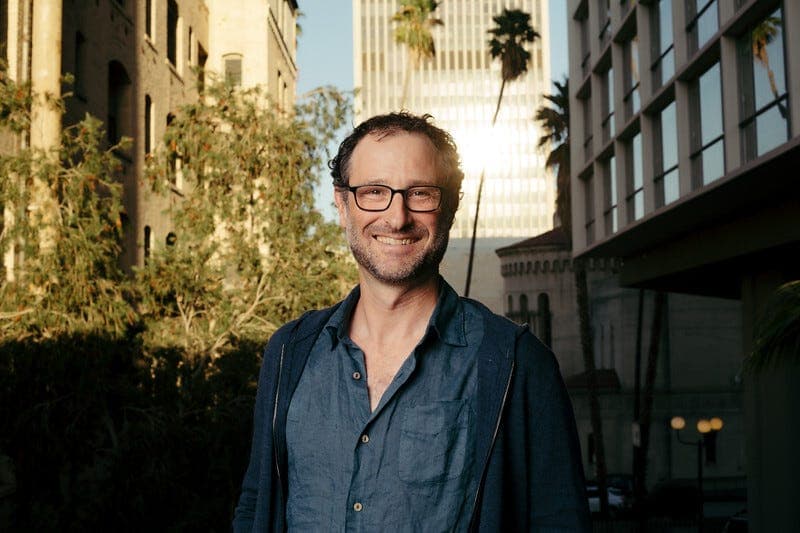Urban Planning Expert Challenges Conventional Traffic Solutions, Citing "Carbrain" and Induced Demand

A recent social media post by urban planning commentator Matthew Lewis has ignited discussion by challenging the efficacy of adding new car lanes to alleviate traffic congestion. Lewis, known for his critiques of car-centric urban development, provocatively equated the belief that new car lanes reduce traffic to widely debunked theories such as a flat Earth or the moon landing being faked.
In a post on X (formerly Twitter), Lewis, under the handle @mateosfo, presented "5 simple questions to test if a 'respected leader' in business/politics has a terminal case of carbrain," with the fifth question being, "> Do new car lanes reduce traffic? (y/n)". This framing highlights a growing sentiment among urban planners and researchers that traditional solutions to congestion are often counterproductive.
The term "carbrain," as used in urban planning discourse, describes a mindset that prioritizes automobile infrastructure and convenience above all other forms of transportation and urban liveability. This perspective often leads to policies that inadvertently exacerbate traffic problems and neglect pedestrian, cycling, and public transit needs.
Experts widely attribute the failure of new car lanes to reduce congestion to the phenomenon of "induced demand." This economic principle dictates that increasing the supply of a good or service, such as road capacity, lowers its perceived cost (e.g., travel time), thereby encouraging more people to use it. Studies have shown that new lanes quickly fill with additional vehicles, negating initial congestion relief. For instance, research indicates that a 10% increase in lane miles can lead to a 4% immediate increase in vehicle miles traveled, climbing to 10% within a few years.
This understanding has significant implications for urban development and environmental policy. Critics argue that continued investment in expanding road networks not only fails to solve congestion but also contributes to urban sprawl, increased carbon emissions, and reduced public health outcomes. Instead, many advocate for strategies that prioritize public transit, cycling infrastructure, and walkable communities to create more sustainable and efficient urban environments.